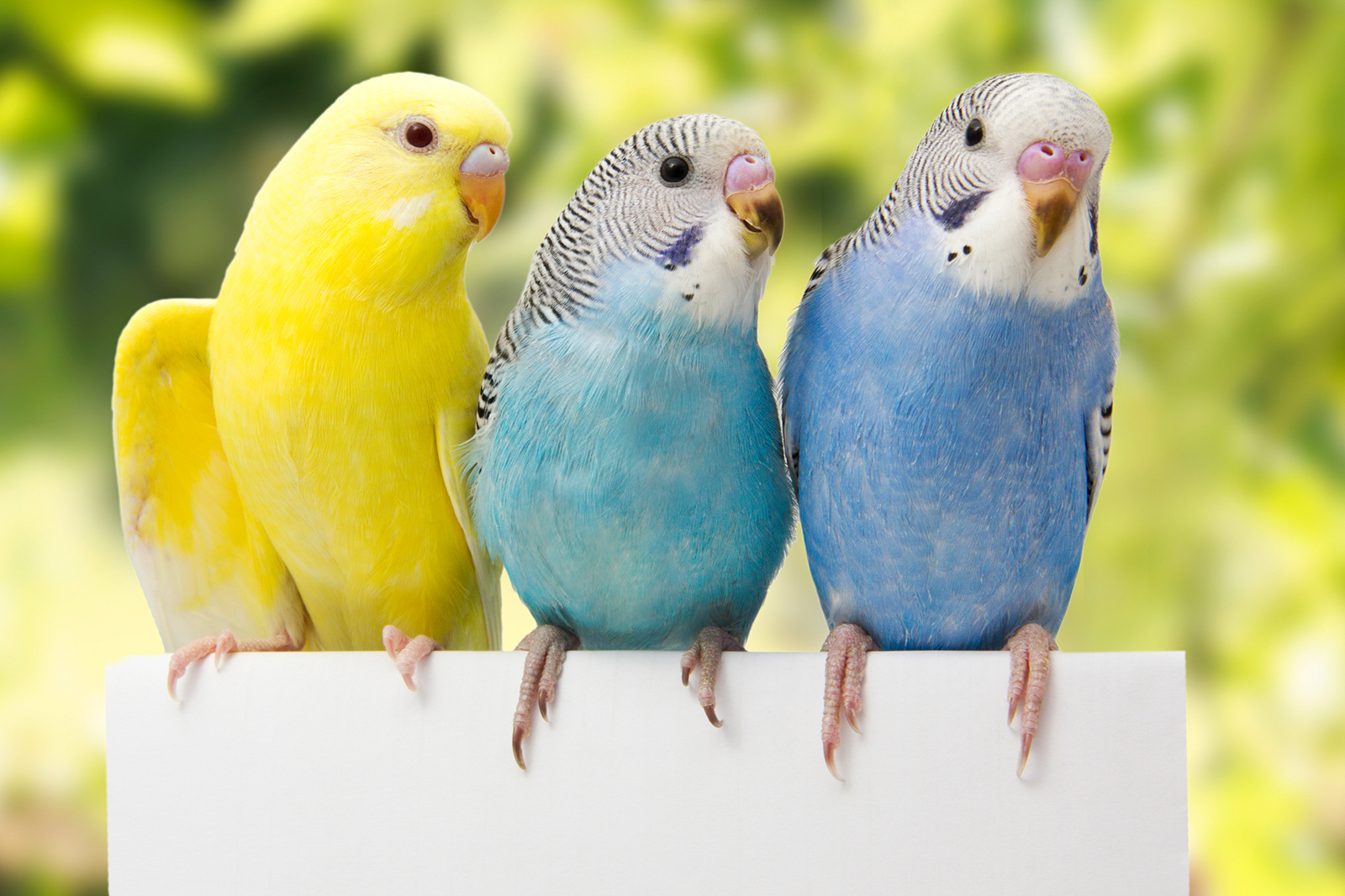Keeping pet birds is one of today’s most popular hobbies, and it’s one that humans have been doing for hundreds of years. But which types of birds are preferred?
Parrots and Mynahs

To be humorous, a parrot or a mynah bird does not need to say anything particularly hilarious. The way these birds communicate is amusing enough. They appear to understand what they’re saying and why they’re saying it. This, of course, is not the case. They just mimic noises they have heard. However, it gives them a human-like appearance.
They are resilient, long-lived, and appear entirely satisfied in captivity, much like parakeets. They must, however, be provided with adequate dwelling space and a well-balanced food. They, too, require a tremendous lot of attention. Proper seed feeds for cage birds, like those for other cage birds, may be bought in pet stores. However, parrots require more than just seeds. A parrot’s diet should include hard-boiled eggs, nuts, fruits, and greens. People frequently feed these gregarious birds table foods. They feed them scraps of meat, cake, and pastry since they would eat anything, but such artificial cuisine is bad for them.
As cage birds, the Amazon parrot with blue patterns on its face and the African gray are highly popular. Both may be trained to talk correctly and to sing and whistle often. One method for teaching a parrot is to hide from its gaze and slowly repeat some words in the same tone again and over. When it comes to purchasing a parrot, there is a vast pricing range to choose from. Some are young and untrained, while others are older and accustomed to conversing and living with others.
The mynah bird is quick to imitate human talk. It is also likely to startle its owner with a piercing squawk or scream. Though members of the starling family, mynahs are native to Southeast Asia and the Islands of Indonesia. There are various species, some as little as robins and others as huge as crows, but all are colorful and cheerful. Again, adequate food (mynah birds prefer a soft combination) is available at pet stores. Fruit, such as cut-up bananas, apples, and grapes, should be given to them once a day.
Pigeons

Keeping pigeons is one of the oldest hobbies. These birds were domesticated approximately 5,000 years ago in Egypt, according to records. They are popular now for a variety of reasons, including the ability to produce squabs or young pigeons for use as a luxury meal. Pigeons are classified into three types: fliers, fancy, and utility.
Racing homers (flyers) formed by interbreeding the greatest flyers of various breeds and tumblers are the two types most commonly utilized in racing. The pouter pigeons, which strut around asking for attention, are remarkable in the fancy class and are developed only for color and beauty, but the king is preferred in the utility class because it can produce up to 11 squabs each year.
Surprisingly, pigeons are kept in many city areas as well as in the country. Houses for their use may be built on an apartment–house roof (if the house owner and city rules approve). From the rooftop the pigeon fancier may release his birds for exercise flights. Pigeons are hardy, but they do not need air and light and protection from drafts and mice.
Seed mix that can be bought from a pet shop is their chief food. If you feed them by hand, they become very tame and friendly. A pair of pigeons may be purchased for $2 or $3 while a single champion racing bird may cost several hundred dollars.
What is the type of bird you would have loved as a pet?
